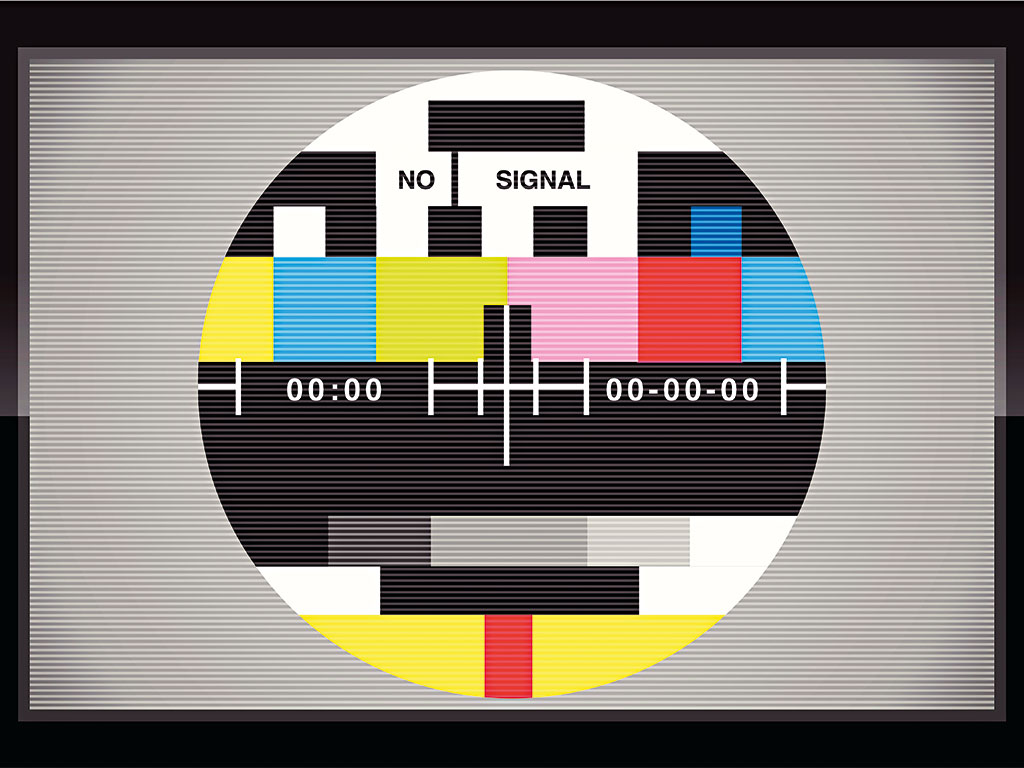Broadcast TV is finished – the streaming era has begun
Streaming services have long threatened to take a bite out of TV broadcast viewership, but it’s only recently that networks have begun to feel the pressure

Streaming services have rendered broadcast TV defunct
John Landgraf, President of FX Networks in the US, said last year: “My sense is that 2015 or 2016 will represent peak TV in America, and that we’ll begin to see decline coming the year after that and beyond.” His concern was that the volume of new shows being released had made it impossible for networks to find compelling original stories that stood out against competitors’. New TV shows might not dominate water cooler discussions in the same way they did 10 years ago, but that isn’t because they’re not as good: it’s because people just aren’t watching TV the same way.
Suggesting people are watching less TV is a mistake: in fact, we’re staring at screens for longer than ever before. Figures from eMarketer show the average time spent by a US adult watching video increased from four hours and 56 minutes per day in 2011 to five hours and 31 minutes in 2015. What is in decline is the amount of time people spend watching broadcast TV: the same study suggested time dedicated to broadcast TV has decreased from four hours and 35 minutes to four hours and 15 minutes over the same time period.
The frightening factor for broadcasters is they might not be able to accurately measure the impact of streaming services until it’s too late
Somebody’s watching me
Use of streaming services is on the rise. According to a recent study by Michael Nathanson of MoffettNathanson, Netflix’s US subscribers streamed about 29 billion hours of video in 2015, representing six percent of total US live-plus-7 TV viewing, up from 4.4 percent in 2014. The report also calculated about half of an overall three percent decline in TV viewership can be attributed to people switching to Netflix, with this trend expected to continue.
The frightening factor for broadcasters is they might not be able to accurately measure the impact of streaming services until it’s too late. Nextflix and Amazon have proved very secretive about their viewerships’ habits, making it difficult to get a grip on exactly what Netflix’s 75 million worldwide subscribers are actually watching.
Nielsen ratings are what TV shows traditionally live and die by. Data is collected either through viewer diaries or tracking units connected to TVs. They are invaluable to networks in judging what their shows are worth and how much they can charge advertisers. Only last year did Nielsen announce it would begin to monitor select shows viewed through streaming services. It now uses Nielsen boxes to scan for a show’s ‘digital fingerprint’; specific audio cues the show’s makers slip in. It’s a start, but will hardly provide a complete picture given it will miss shows watched by people using headphones.
A sporting chance
Broadcasters used to be able to count on live sports events to bring in subscribers and viewers, but even this lucrative channel is beginning to lose its lustre. Given their importance to networks, sporting organisations have been able to charge ever increasing fees for broadcasting rights. As subscriber numbers slowly slip, higher fees become more difficult to justify. It might not be long before it makes more business sense for sports organisations to offer their own streaming services. Indeed, many have already started: the NBA, NHL and MLB offer packages that can be tailored towards watching your favourite team if its game isn’t being broadcast locally. For consumers who are interested in only one or two sports offered by a network, subscribing to a couple of streaming services could be far cheaper than a network subscription.
People are no longer willing to fit themselves around broadcaster’s schedules, and shows are less likely than ever to draw the same weekly frenzy that for so long was the measure of their success. TV broadcasters will have to adapt to a declining live viewership and innovate if they want to stand a chance of outpacing dedicated streaming networks.













